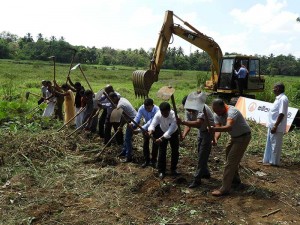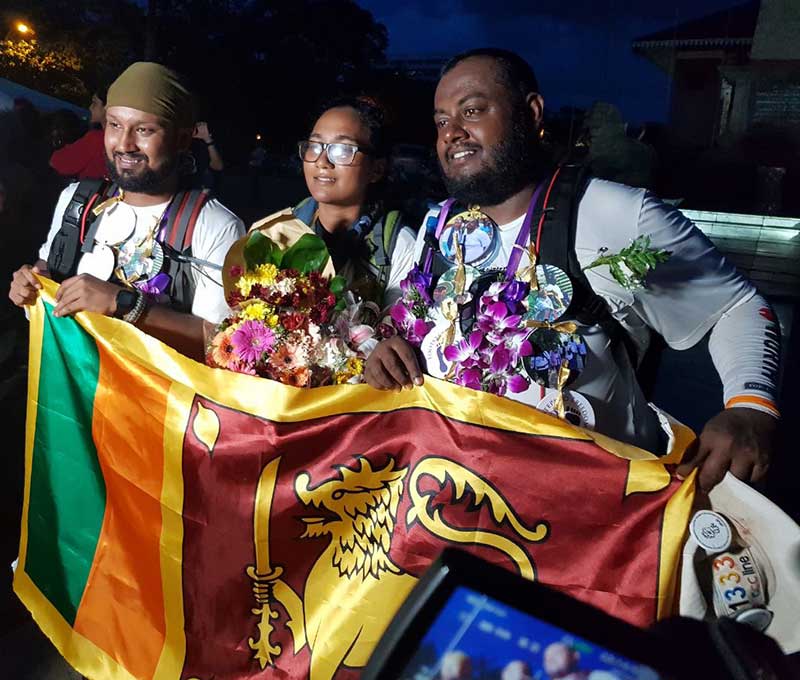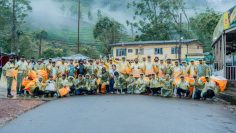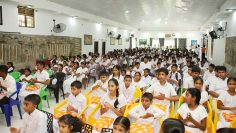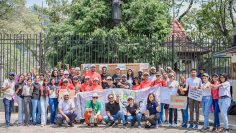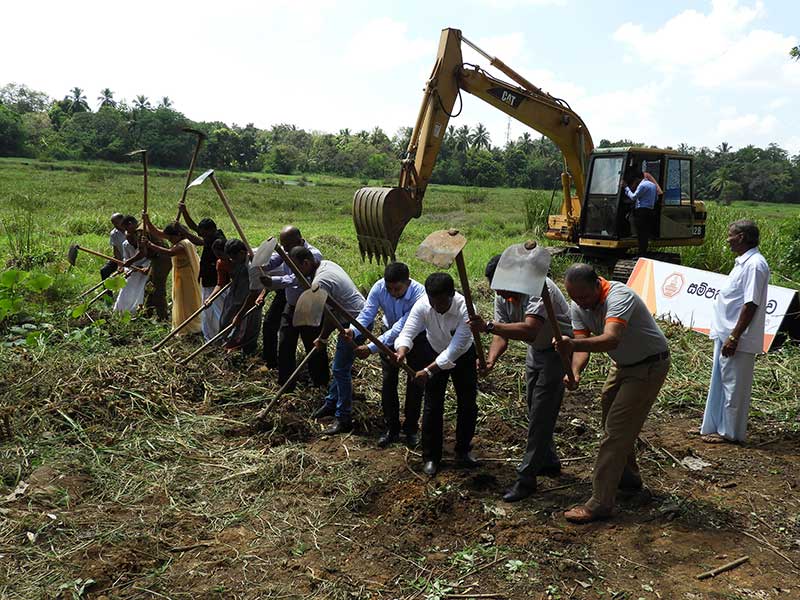
Sampath Bank to Breathe New Life into Medirigiriya Danyawa Wewa
Inland tanks around the country have been an intrinsic part of Sri Lankan society from time immemorial. Serving as the lifeblood of agrarian communities in Sri Lanka’s dry zones, these tanks were built to harvest and store rainwater to be used for farming and other purposes during the dry season. They also serve to replenish lakes and ground water tables in the surrounding region as the water in them seeps through the soil, absorbing vital nutrients along the way. However, over the years, some of these tanks have deteriorated with age and lack of maintenance, affecting the communities that depend on them.
As a Bank that takes pride in its Sri Lankan roots, Sampath Bank has always appreciated the immense value that the Wewa system adds to the country. Right from its inception, the Bank has been working with authorities and local communities to restore tanks around the island through its “Wewata Jeewayak” program.
As part of its “Wewata Jeevayak” initiative, the Bank joined hands with the Divisional Irrigation Engineer’s Office, Minneriya, and the Divulankadawala Govi Samithiya to restore the Danyawa Wewa in Divulankadawala, Medirigiriya, recently.
The Divisional Irrigation Engineer – Minneriya, officers of the Divisional Secretariat Office, other senior government officers and representatives of the Govi Samithiya were at the ceremonial inauguration of the project together with officers and customers of Sampath Bank and members of the Madirigiriya and Higurakgoda communities.
Built eons ago by 10 villagers from Divulankadawala to harvest rainwater, the 12 acre Danyawa Wewa is also fed by water received from the Minneriya Tank. The Danyawa Wewa became the focal point of the ‘Minneriya Janapada’ project initiated by the government a few decades ago, under which communities were settled around the tank.
Today, the Danyawa Wewa serves as the main irrigation source for 96 families carrying out farming on over 112 acres of paddy fields across 3 villages in the region. Its streams provide water for drinking and other household purposes to about 225 families in neighboring villages. Furthermore, 2,100 students of the Divulankadawala Central College also get their drinking water from the tank’s streams.
The Danyawa Wewa has great cultural significance too with pilgrims on route to Medirigirya during Poson stopping by and having a bath in it.
Over the years, the tank has become shallow due to the accumulation of sludge and the lack of proper maintenance. Its water retention capacity has been further hampered due to damages to the sluice and canal, which has resulted in water leaking through the sluice gate.
Under the Wewate Jeevayak effort, Sampath Bank will provide the funding required for the complete restoration of the tank with members of its Hingurakgoda Branch overseeing the project. They will work together with the Minneriya Divisional Irrigation Engineer’s Office and members of the Divulankadawala Govi Samithiya to remove the sludge accumulated in the tank, repair its sluice gate and construct bathing places. Once completed, it will help secure year round water supply for the Madirigiriya and Higurakgoda communities
“Helping communities save water to be used during the dry season, inland tanks or wewas have always been a symbol of abundance and prosperity in Sri Lankan society. Drawing inspiration from these tanks and other historic traditions, we at Sampath Bank too seek to help people save more and prosper. We are committed to going beyond serving as a trusted financial service provider and adding value to the communities we operate in,” said Mr. Lalith Weragoda, Assistant General Manager (AGM) – Human Resources, Sampath Bank PLC. “In line with this, we continue to reach out to farmers in the country’s dry zones through our Wewata Jeewayak program. We work with local authorities and members of the local community to give a new lease of life to dilapidated tanks around the island, helping them secure water for irrigation and other needs, all through the year. We look forward to working with the people of Divulankadawala and other stakeholders on rebuilding the Danyawa Wewa.”

